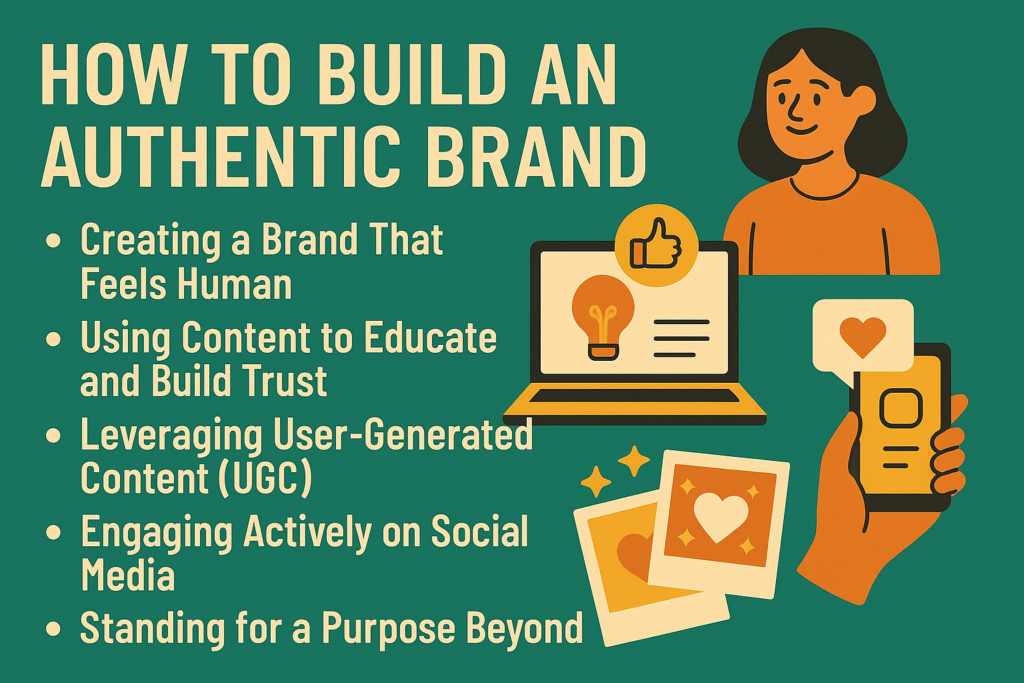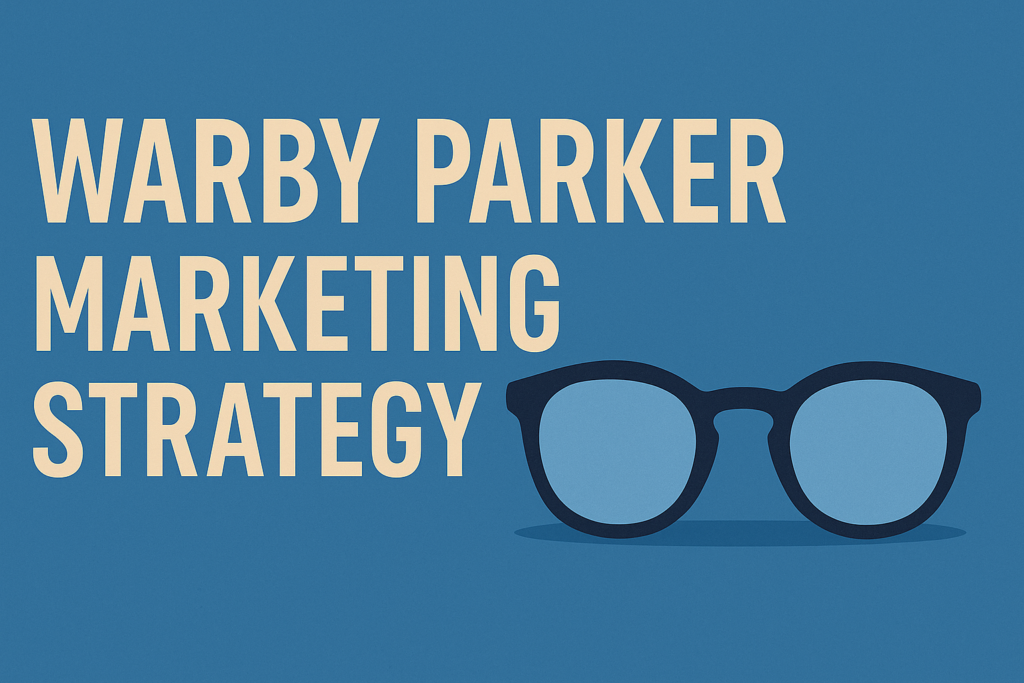Warby Parker Marketing Strategy: How This Eyewear Brand Disrupted the Market and Won Customers
When Warby Parker started, the eyewear market was dominated by a few big companies selling expensive glasses. Warby Parker came in with a fresh approach — a smart digital marketing strategy combined with a strong brand mission. This unique Warby Parker marketing strategy helped them grow fast and become a favorite for many.
In this blog, we will explore the key parts of the Warby Parker marketing strategy and what lessons you can learn for your own business or marketing efforts.
Solving a Real Problem With Warby Parker Marketing Strategy
Warby Parker’s biggest strength was identifying a common problem: designer glasses were very expensive and hard to buy online. Their Warby Parker marketing strategy focused on offering stylish, affordable glasses directly to customers. This Direct-to-Consumer (DTC) model cut out middlemen and reduced costs.
This approach gave them a strong marketing message: great glasses at a fair price. When you solve a real problem that people care about, marketing becomes easier because your product already has value.

Creating a Brand That Feels Human
Another important part of the Warby Parker marketing strategy is how they created a friendly, approachable brand. From their website’s simple language to customer emails, Warby Parker sounds like a helpful friend — not a big corporation.
This tone helped Warby Parker connect with customers emotionally. When people feel connected to a brand, they trust it more and become loyal customers.
Lesson: Humanize your brand by using simple, friendly language and being authentic. This builds stronger relationships with your audience.
Using Content to Educate and Build Trust
Warby Parker doesn’t just sell glasses; they also educate their customers. Their marketing strategy includes blogs, videos, and product guides that help customers learn about eyewear, lens types, and fashion tips.
This educational content attracts people searching for advice online, helping Warby Parker rank higher in search results (SEO). At the same time, it builds trust because customers feel Warby Parker wants to help, not just sell.
Lesson: Create content that solves problems or answers questions. This attracts more visitors and builds trust, making sales easier.
Blending Online and Offline Experience
Though Warby Parker began as an online-only brand, their marketing strategy smartly added physical stores later. The key was a seamless experience between online and offline.
Customers can browse frames online, order a “Home Try-On” kit, test glasses at home, and then visit a store if they want. This omnichannel approach makes shopping convenient and fun.
Lesson: Combine online and offline touchpoints to offer customers more choice and a better experience.
Leveraging User-Generated Content (UGC)
A standout feature of the Warby Parker marketing strategy is their “Home Try-On” program. Customers can try five frames at home for free and share photos with friends or on social media.
This generates a lot of user-generated content — photos and reviews from real customers — which acts as social proof and builds trust for new buyers.
Lesson: Encourage customers to share their experiences online. UGC is powerful marketing because it feels genuine and trustworthy.
Engaging Actively on Social Media
Warby Parker doesn’t just post content on social media — they engage with their followers. They reply to comments, share customer photos, and participate in conversations on platforms like Instagram and Twitter.
This two-way communication creates a loyal community and strengthens brand love.
Lesson: Use social media as a place for conversation, not just promotion. Listening and responding helps build real connections.
Standing for a Purpose Beyond Profit
Warby Parker’s “Buy a Pair, Give a Pair” program is a big part of their marketing strategy. For every pair of glasses sold, Warby Parker donates a pair to someone in need.
This social mission makes customers feel good about their purchase and aligns with growing consumer demand for brands with purpose.
Lesson: Having a clear social mission can set your brand apart and attract customers who want to support companies that care.
What Can You Learn From Warby Parker Marketing Strategy?
The success of Warby Parker is a great example of how a smart marketing strategy can disrupt an industry. Here are the key takeaways:
- Solve a real problem: Start with a clear customer pain point and offer a solution.
- Humanize your brand: Use simple, relatable language to build trust.
- Educate your audience: Create content that helps, not just sells.
- Create seamless experiences: Combine online and offline to serve your customers better.
- Leverage UGC: Encourage customers to share and promote your brand naturally.
- Engage on social: Be active, responsive, and build a community.
- Stand for something: A strong social mission builds deeper connections.
Conclusion
Warby Parker’s marketing strategy shows that success comes from focusing on your customers, building real relationships, and offering more than just a product.
If you want your brand to grow and stand out, take inspiration from Warby Parker. Focus on solving problems, connecting with your audience authentically, and using smart marketing tools like content and social media engagement.
By doing this, your brand can build loyal customers who don’t just buy from you — they believe in you.
For more such content check out more article here Trendify Digital
Facebook page: Trendify Digital
Instagram Page: Trendify Digital
LinkedIn Page: Trendify Digital
